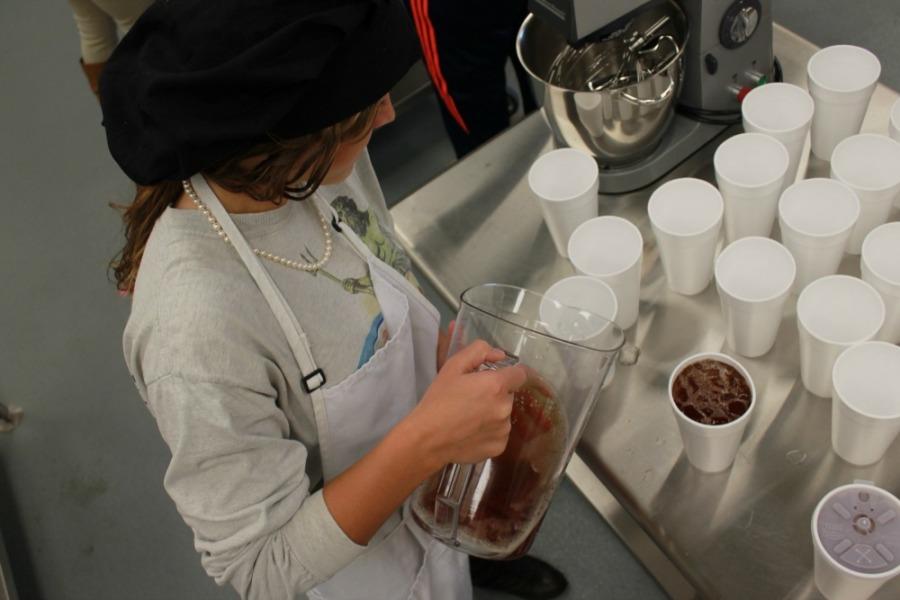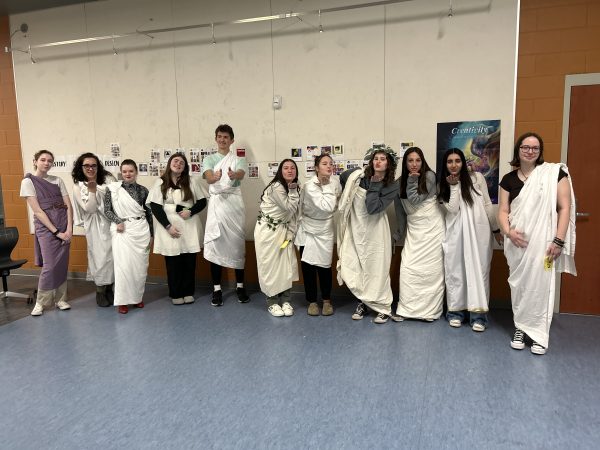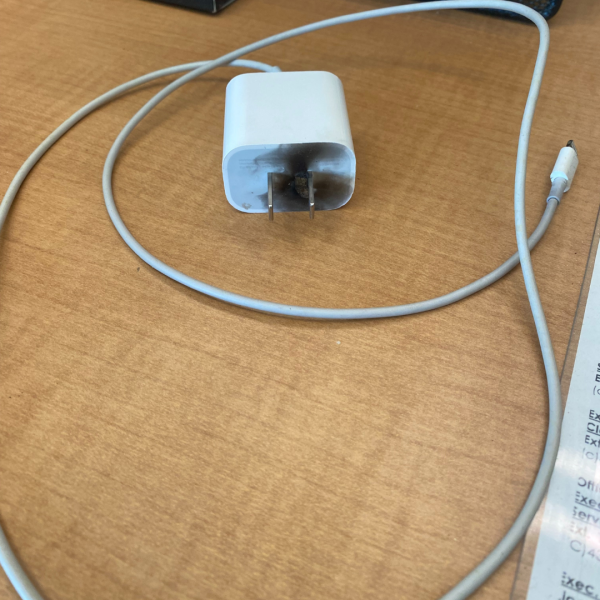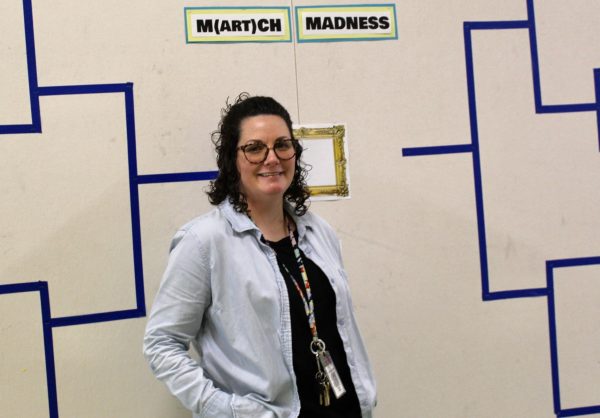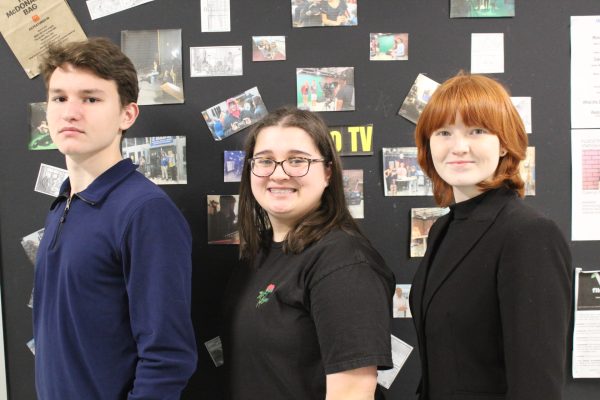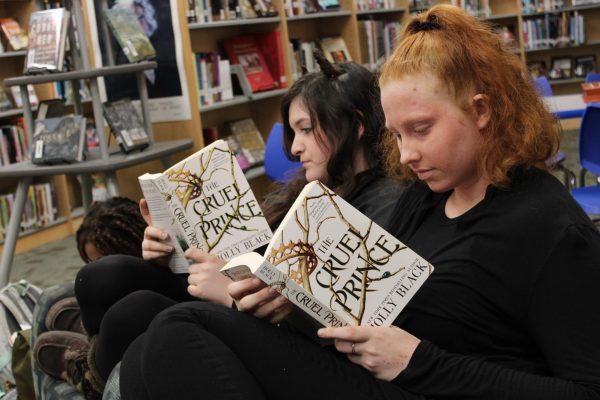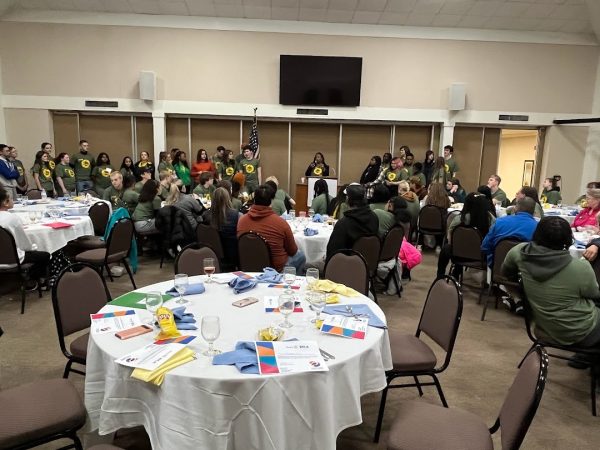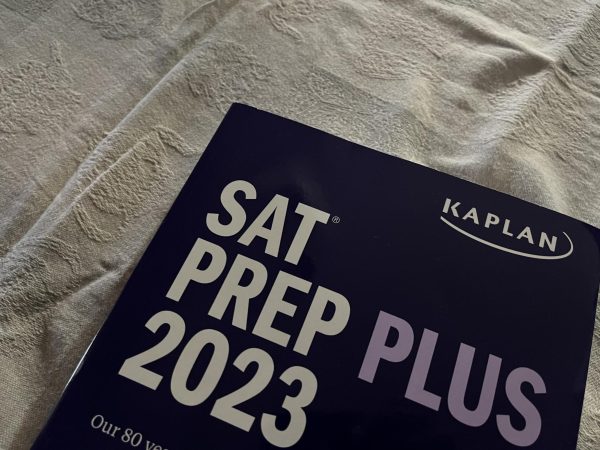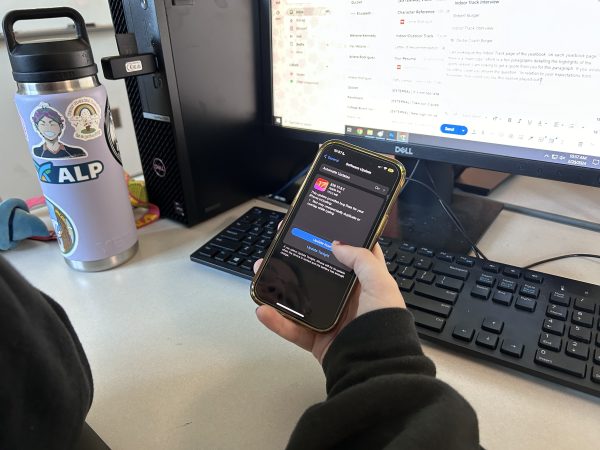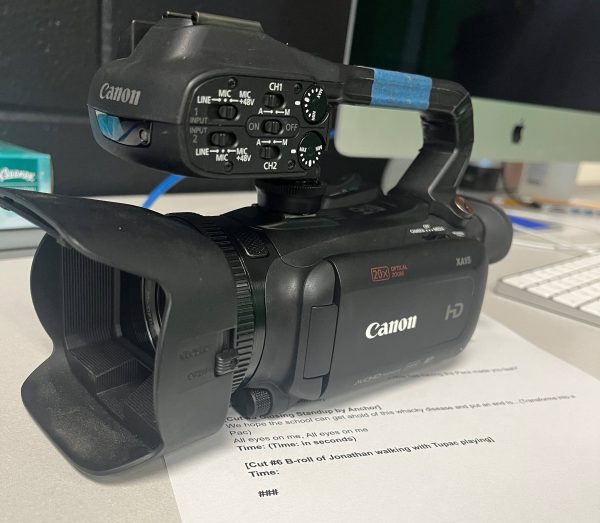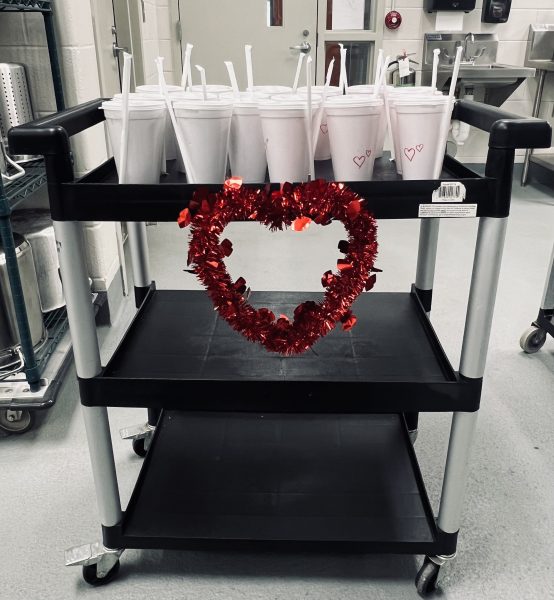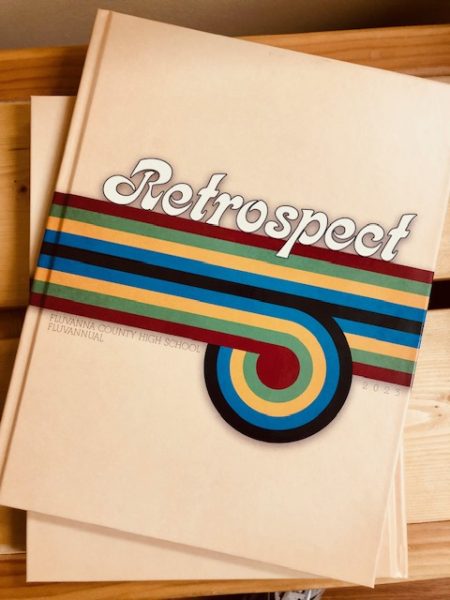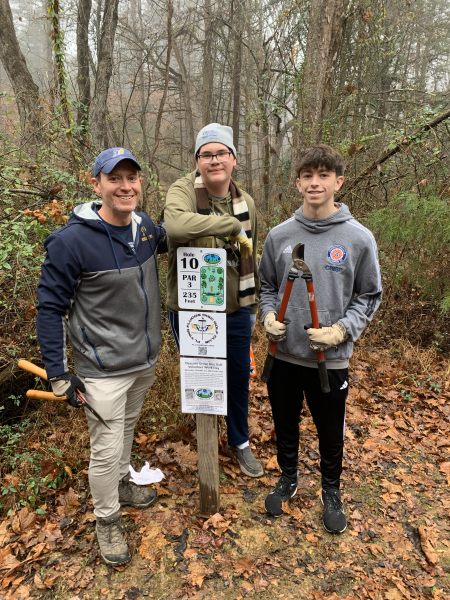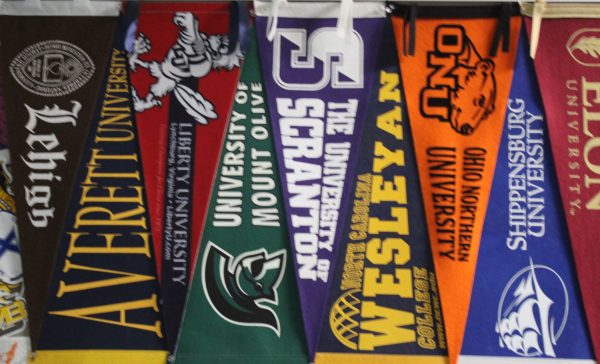Tea Takes FCHS by Storm
Walk down the halls of FCHS between morning blocks and you’re guaranteed to see one thing: white Styrofoam cups of tea.
Ever since its introduction to the general population near the end of last school year, the Culinary Arts classes’ tea sales have grown at an exponential rate. What started off as an unsuccessful promotion for teachers only, quickly became a hot commodity among the students. Since then, scores of students continue to line up day after day on the first floor or in the art hall, hoping to get to the drinks before supplies run out or the late bell rings. In fact, the tea has grown so popular that the culinary students can no longer sell it directly from their classroom—there’s simply no room for all the customers.
“[When] we were just doing it from the Culinary room, we’d have a line down the hall, fifty easily,” said Culinary Arts teacher Dolores Carr. “So I said to the students, ‘Now we can make this more efficient, but I’m need your help.’”
Thus, the tea carts were born. These carts, packed row-to-row with white Styrofoam cups, are familiar sights to students by now. Resting on the heavily-trafficked third and fourth floors of the high school, the carts have become just as popular as their neighboring vending machines, but their products are nowhere near as numerous. By the break between third and fourth block, the $1 cups of sweet tea are more than half gone. And this happens every day.
“The funny thing about it is that originally when we started it, the year before last, we offered it to the teachers, not the students. And then a couple of the kids asked ‘Could they buy some’? …So I said ‘Yes’. I said, ‘Don’t tell anyone about this tea…This is the Underground Railroad.’ Of course, it wasn’t about telling people—people started seeing all these white cups,” said Carr. From there, it created a domino effect. Student to student, the secret went viral, and thus the Underground Railroad of Tea came into the light.
But as sales have gone up, so has the cost, and so has the time required to make gallons and gallons of tea. Carr says the program probably spends about $100 on supplies per week, including cups, lids, tea bags, and sugar—that’s just one day’s revenue for them. It would be more expensive if they didn’t buy in bulk from Sam’s Club, especially since tea bags don’t come cheap. But despite the cost, Carr said she is happy with the program. “We have a good profit-making business here,” Carr said.
However, the real shock comes not from the cost, but from the time it takes to sustain the program. Few realize that the sheer amount of time it takes—particularly for Carr herself—to keep the program going. “I’ve started coming in in the mornings earlier now, so I’ll get here anywhere between 6:30 am and 7:15 am, depending on whether I have grocery shopping to do. Usually by 7:00-7:15, I’m trying to come in and get a batch of tea going or we’ll never have enough for the breaks,” she said. The tea is brewed fresh in the classroom by an industrial tea brewer. The process typically takes anywhere between 15-20 minutes per batch, not including the time it takes for the students to sweeten, ice, and pour it.
Altogether, the program raises anywhere between $500-$600 dollars per week. What money isn’t used to purchase tea supplies goes towards the Culinary Arts Program in order to sustain it. “We don’t technically have a budget,” Carr said, explaining that the tea sales provide the funds Carr needs to provide groceries for the week’s cooking and baking labs. “Say this week we make a $600 profit,” Carr said. “Well, we’ve used at least that in buying supplies for labs for the week.”
Because of the cost and the time required, Carr says the program will not be able to support any expansions—meaning no new types of tea and no coffee drinks. “The tea is really well-organized,” said Carr. “Adding anything else would take away from our lab and instructional time. We couldn’t do it. I don’t want a business, I want it to be a classroom…because they still have a lot to learn before they go out into the work force.”


